
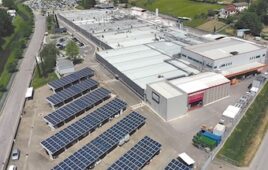
FIMER, an Italian solar inverter designer and manufacturer, has been officially acquired by MA Solar Italy Limited, a subsidiary of McLaren Applied Group. This acquisition enables FIMER to complete the restructuring process and achieve new financial stability through an investment of over $51 million. This significant development enables FIMER to now fully focus on its business development activities and seek growth opportunities. McLaren Applied is a supplier of advanced engineering and technological solutions for multiple fields including motorsports, automotive, and public transportation. The technological synergy between FIMER and McLaren Applied is expected to promote innovation, improve operational efficiency, and support market growth, including entering new fields beyond photovoltaics. McLaren Applied Chairman Nick Fry said, "We are pleased that MA Solar Italy Limited has officially acquired FIMER. FIMER has a leading market position and mature industry influence in inverter design and manufacturing. Most importantly, FIMER has a talented and dedicated workforce, which is its most important asset, similar to the culture and aspirations of our McLaren Applied team. We see that FIMER has complementary developments in many fields, and its future prospects are exciting
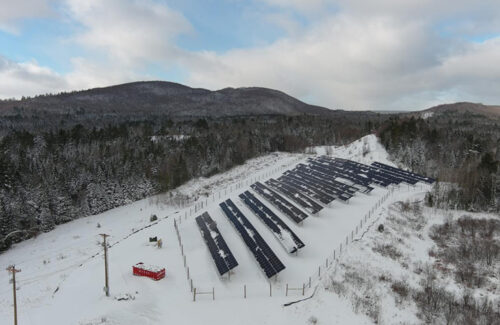
Renewable energy developer Green Lantern Solar has completed the construction of the Brighton solar project located in Brighton, Vermont and has sold the array to Sea Oak Capital. The project is located in a closed area of a family run sand and gravel field, transforming the previously barren land into clean energy. The 500 kW AC solar project provides services to nearby farms, Brighton town, and Newport Ambulance Service Center. Newport Ambulance Service Center is a non-profit regional ambulance service center covering 18 towns in three counties. David Carpenter, Vice President of Development and Chief Legal Officer of Green Lantern Solar, said, "This project embodies our mission of providing clean energy, providing a generational source of income for landowners, supporting local businesses, and revitalizing underutilized space. We not only have the opportunity to develop this project, but also help landowners fully comply with existing land use permits in the process. We are pleased to see the entire commercial ecosystem surrounding this project thriving under the management of Sea Oak Capital Green Lantern has sold over six Vermont solar projects to Sea Oak Capital. Dan Poydenis, CEO of Sea Oak Capital, said, "Community solar projects are the cornerstone of our growth strategy. Our partnership with Green Lantern Solar has consistently achieved significant results, supporting Vermont's renewable energy goals while bringing meaningful energy cost savings to local businesses
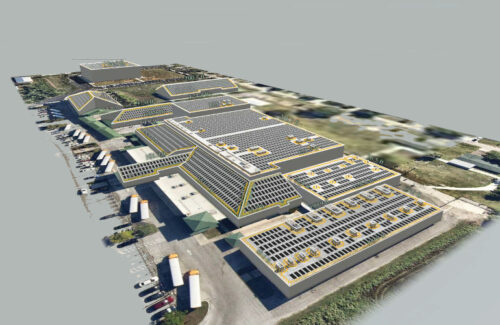
Renaissance Arts and Education (RAE), Tampa Bay Solar, and Regenerative Shift will collaborate at a bilingual elementary school in Palmetto, Florida. HOLA! Elementary is carrying out a 2 MW rooftop solar project located on the Manatee Art School campus in RAE. The project is planned to be put into use in the summer of 2025. The project aims to seek domestic component incentive credits within the IRA. In addition, as a 501 (c) (3) non-profit organization, RAE will utilize the IRS selective payment provision, which allows tax exempt organizations to directly receive full clean energy tax credits paid directly by the IRS. Manati Art School has long been an advocate for innovation and sustainable development, and this project strengthens the school's commitment to environmental management and operational efficiency. By investing in solar energy, RAE will significantly reduce its carbon footprint, lower long-term energy costs, and set an example for schools and non-profit organizations nationwide. This project demonstrates how non-profit and education sectors can lead sustainable development, "said Dr. Charles Jones, President of RAE and founder of Manatee School For the Arts. By partnering with Tampa Bay Solar and Regenerative Shift, we are proud to implement this transformative clean energy solution that benefits our students and the planet in an economically efficient manner Tampa Bay Solar will be responsible for overseeing the design, engineering, and installation of a 2 MW system. Environmental consulting firm Regenerative Shift will guide RAE through the complex process of obtaining federal tax benefits and ensuring compliance with IRA requirements. The collaboration with RAE is of great significance to me, "said Steve Rutherford, owner of Tampa Bay Solar. This is an opportunity to give back to the community and showcase the power of solar energy to the next generation of leaders - not just as a technological solution, but also as a core value of environmental management Caleb Quaid, President of Regenerative Shift, added, "This project demonstrates how tax incentives can be used to drive the development of renewable energy projects. It sets an example for other non-profit organizations and businesses on how to benefit the environment while reducing operating costs
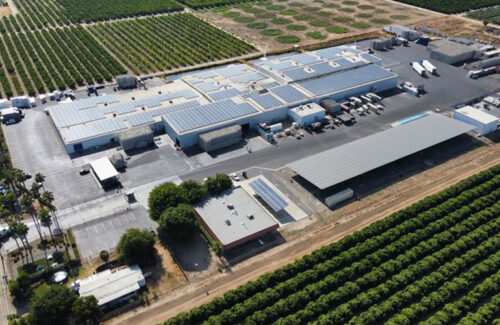
EQT announced that EQT Transition Infrastructure has agreed to acquire Scale Microgrids from Huaping Investment and other existing shareholders. Scale Microgrids is a developer, acquirer, owner, and operator that provides microgrids and distributed energy resources to commercial and industrial, electric vehicle fleets, data centers, municipal, university, hospital, and agricultural customers, developers, and communities. Scale is headquartered in Ridgewood, New Jersey, and its investment portfolio includes approximately 250 megawatts of operating and under construction assets, with an additional 2.5 gigawatts planned for the near future. Scale has deployed various technologies, including solar energy, battery storage, natural gas generators, fuel cells, and cogeneration, and its investment portfolio is one of the largest pure microgrid investment portfolios in the United States. This transaction is the first North American investment in EQT's recently launched "Transition Infrastructure" strategy, which aims to expand business scale and drive the transition to a clean energy and resource efficient circular economy. In December 2024, EQT announced the launch of this strategy and made its first investment in battery energy storage system developers and operators niz Energy。 Scale Microgrids CEO Ryan Goodman said, "Today marks an exciting new chapter for our company. EQT brings rich experience, resources, and capital, which will enable us to continue pursuing our vision of powering the world with distributed energy. I am immensely proud of the achievements our team has made and believe that this transaction will enable us to bring more opportunities to our customers, employees, and the communities we serve This transaction must meet the standard conditions and obtain approval. EQT's consultants include Weil, Gotshal&Manges (legal) and Guggenheim Securities (finance). Scale Microgrids' advisors include Latham&Watkins (legal), Nomura Greentech (finance), and Truist Securities (finance).
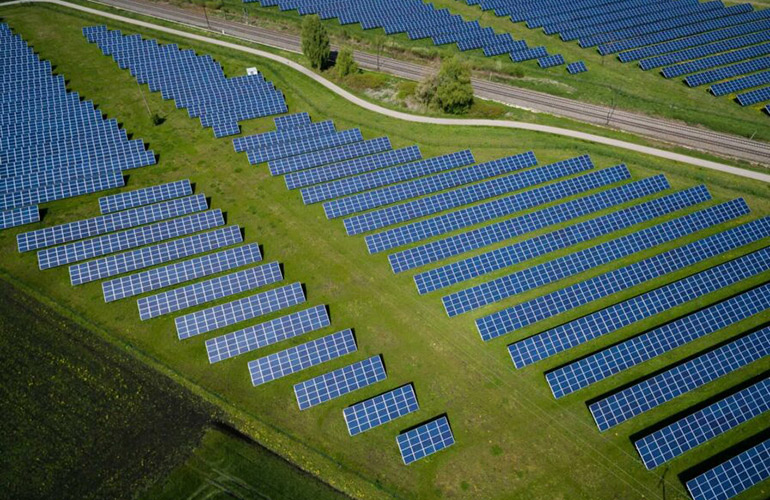
Although it has been a turbulent year for solar energy in the United States, as 2024 draws to a close, it is important to remember that the industry has achieved some truly huge victories. After experiencing many ups and downs, approvals, and rejections, photovoltaic advocates around the world have reason to celebrate many successfully implemented initiatives that help accelerate the development of solar energy and increase opportunities for communities across the country to access low-cost renewable electricity.
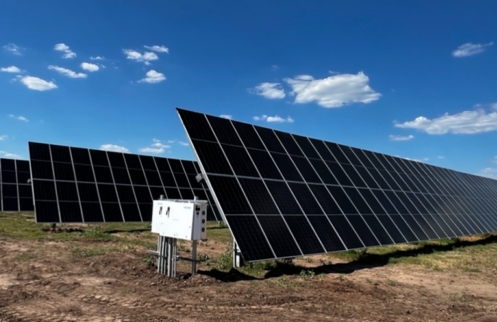
UGE announced that its six new solar projects have entered commercial operation (COD), totaling 16 megawatts. These projects include UGE's first two community solar projects in Maryland, its first community solar project in Oregon, its second municipal PPA project in Texas, and two community solar projects in Maine. With the completion of these six projects, UGE's operational portfolio has now reached 24 megawatts, with projects spanning across six states. Projects in Maryland, Oregon, and Maine will all join their respective states' community solar energy programs, providing cheaper and cleaner electricity to households and businesses that cannot install solar energy on their rooftops. The project in Texas will bring affordable renewable energy to rural cities where it is located. These projects include UGE's first project that meets the conditions for energy community tax credits under the Inflation Reduction Act. This credit condition encourages renewable energy developers like UGE to build projects on polluted land or in communities that have historically relied on non renewable energy economies. UGE's two Maryland projects meet the energy community credit criteria under the coal facility closure category, which aims to promote economic revitalization in areas affected by coal mine and coal-fired power plant closures. The Oregon project is the largest commercial operation of UGE since transitioning to the Independent Power Purchase (IPP) model. The Texas project is UGE's second project in Smithville and UGE's first project to receive funding from the Rural Energy Program (REAP) in the United States. Two new projects in Maine are located in the Bangor region, bringing UGE's total operating portfolio of four projects in the state to 7.5 megawatts. One of the two projects in Maine is built on a former concrete manufacturing and storage site. UGE CEO Nick Blitterswyk said, "Successfully achieving commercial operations for six projects within a month is a huge achievement, and I am deeply proud of the weeks, months, and years of effort our team has put into it." "Our operational portfolio has grown about fivefold in 2024, indicating that our team now has the capability to transition to a model of developing, owning, and operating projects. I am excited about all the achievements we will make in the coming years, and our mission is to make renewable energy accessible and affordable for everyone
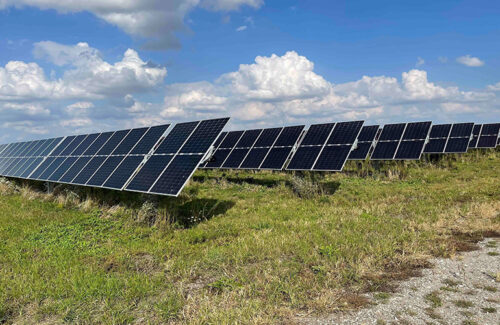
Invenergy announced that its Hardin II solar center has begun commercial operations. The Hardin II Solar Center is located in Hardin County, Ohio and will produce 150 megawatts of clean energy. As announced last month, Meta will purchase renewable energy produced by Hardin II Solar. This project represents additional power generation capacity in the region, thereby improving the reliability of the power grid in the area. Michael Kaplan, Senior Vice President of Development at Invenergy, said, "We are delighted to work with the Hardin County community and our project partners to make the Hardin Phase II solar project a success. As energy demand continues to grow, loyal partners like Meta are helping Invenergy provide more clean energy Invenergy's solar project portfolio continues to grow in Ohio. Next year, Invenergy expects Hardin III Solar to enter commercial operation, and two other solar projects are expected to begin construction in 2025.
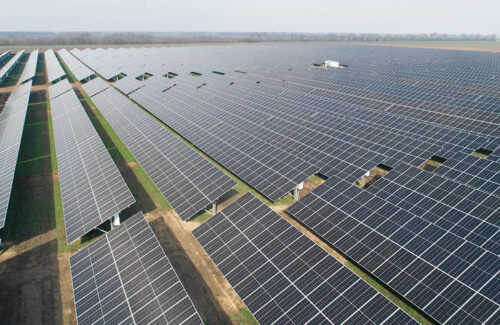
Enstall, a solar bracket group, completed its acquisition of Schletter Group, a European bracket manufacturer, last week. Enstall (formerly Esdec) entered the US market in 2018 and began acquiring a competitor's solar bracket manufacturer at the end of 2019. Stijn Vos, CEO of Enstall, stated, "This acquisition is an important step towards our mission of building a more sustainable future. Schletter's outstanding reputation in engineering, combined with Enstall's extensive capabilities, will enable us to lead innovation in the entire solar industry. We will work together to provide high-quality solutions and services that meet the diverse needs of the market, accelerating the global transition to renewable energy Like Enstall, Schletter also serves the solar building market in the United States and Europe. Schletter produces structures for inclined roofs, flat roofs, and ground mounted applications, including fixed inclined brackets and solar trackers. Schletter CEO Florian Roos said, "We are delighted to join Enstall Group. Together, we will leverage our comprehensive strengths to expand our global influence and continue to support the world's renewable energy transition. For Schletter, this is an exciting new chapter - it will enable us to scale up our business and better serve our global partners Enstall's existing companies include IronRidge, EcoFasten, Esdec installation brands, BluBase, PanelClaw, and Sunfer.
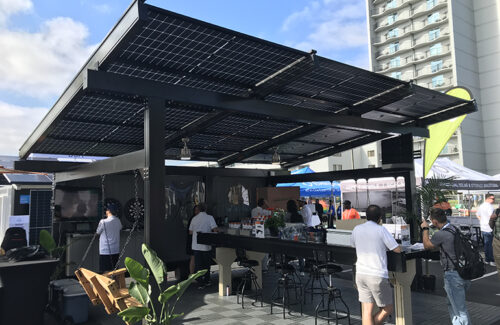
Due to the demand for these products in the residential market, the size and appearance of solar carports and canopies are changing. A new manufacturer producing a large number of solar canopies has narrowed down these structures to fit residential properties and designed them to look more like pavilions than towering carports covering parking lots and garages. Although their cost is certainly higher than installing solar cell arrays of similar size on rooftops, these solar roofs have other functions besides generating electricity. Their construction is relatively simple and can provide shelter from wind and rain for vehicles or personnel below. The biggest advantage is its secondary utilization. I think the industry underestimates people's demand for solar energy, but they just don't want to put it on rooftops, "said Aleksandr Bernhard, CEO of Pavilion Solar, a Florida based photovoltaic canopy manufacturer. The solar carport has already provided integration with accessories such as electric vehicle chargers and overhead lighting. Residential solar canopies are expanding their functionality to include items in backyard pavilions such as fans, televisions, weather resistant canvas, and even walls for enclosed spaces. These canopies fall between premium products and practical solar energy solutions. Pavilion Solar will launch EnPod in 2024, a solar powered carport/canopy certified for use in high-speed hurricane zones. Although products like EnPod can withstand wind speeds of 175 miles per hour, their structure is also inspired by Italian and Nordic design concepts aimed at naturally integrating into residential courtyards. Manufacturers now focus on aesthetic design and provide services for their carport and canopy structures that are not just factory completed. Among the five residential winners in the Solar Power World 2024 Top Product Competition, two are solar canopy manufacturers: Infinity Rack and Lumos Solar. Both companies produce canopies suitable for residential spaces. In addition, there are companies like Brooklyn Solar Canopy Co. that manufacture roofs for urban buildings. The residential solar ceiling market is still expanding. Bernhard said he founded Pavilion Solar because he couldn't find a solar canopy that could withstand the weather demands of his Florida home. But since he built his own canopy, he found that even this specific type of solar canopy has enough demand to ensure large-scale production. All of our insights come from solar installers because they are our partners, "Bernhard said. What we see from them is that more and more people are demanding the construction of carports, pavilions, and cabins around swimming pools. I don't know why this is happening, but I know that solar installers generally indicate that they are receiving more demand for such products
Categories
New Products
Tin Roof Rapid Solar Mounting System with Hanger Bolt Read More
Residential Small Solar Easy Bracket Kit for Home Balcony Read More
Automatic Single Pile Solar Tracker with 10 PV Panels Read More
Angle Adjustable Aluminum Easy Solar Panel Bracket for Garden Read More
Intelligent Single Post Dual Row Solar Tracking System Read More
5000ES Solar Off-Grid Energy Storage Inverter Supplier Read More
Multi Drive Double-Sided Single Axis Tracker System Read More
© Copyright: 2025 Xiamen Wintop New Energy Tech Co., Ltd.. All Rights Reserved.

IPv6 network supported